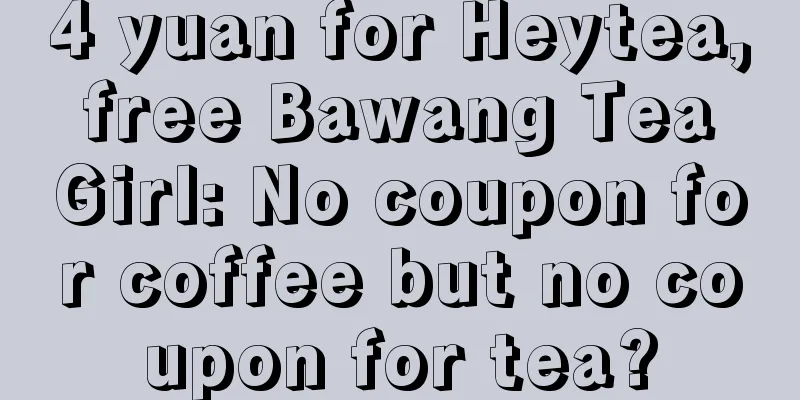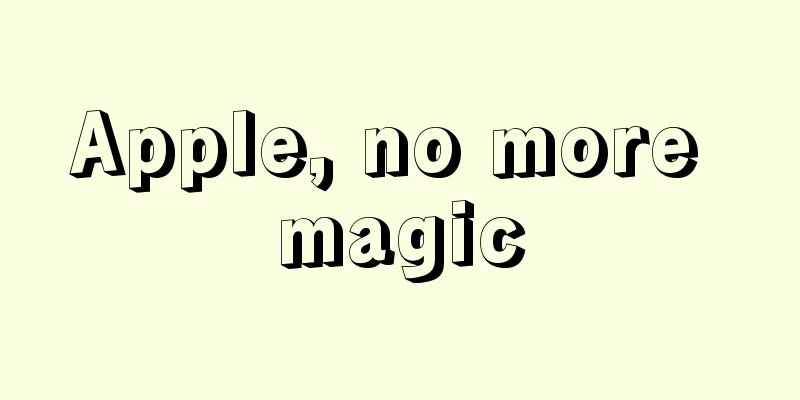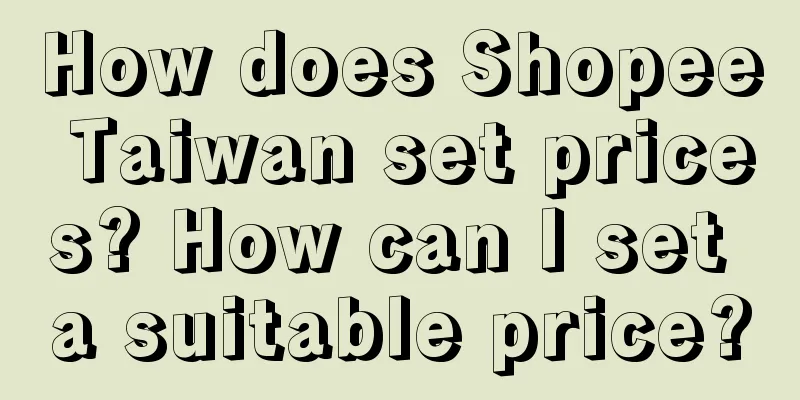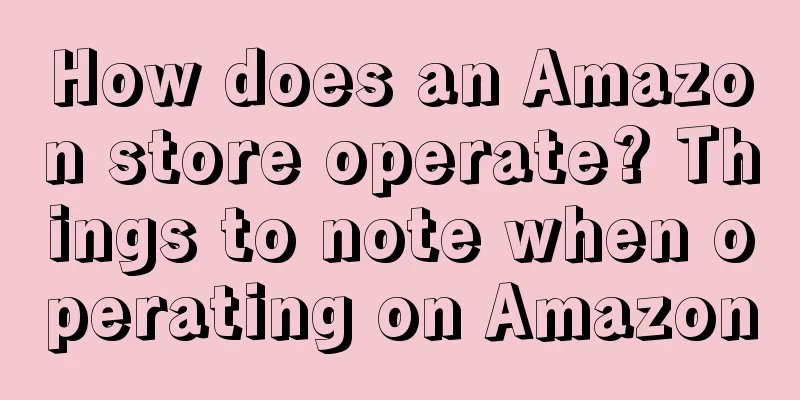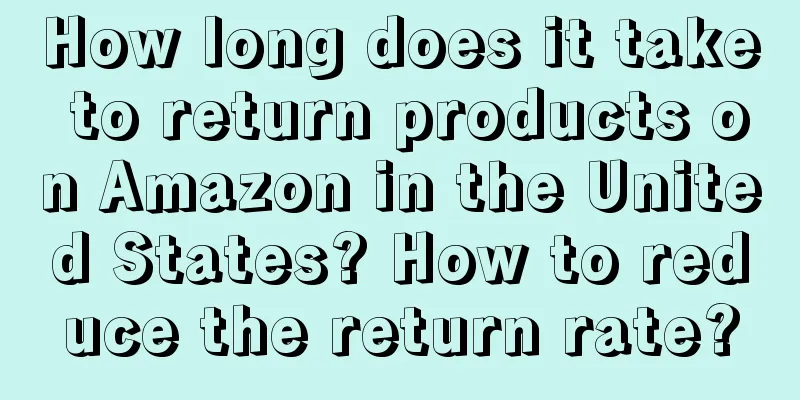Supermarket Marketing Psychology: No one can leave the supermarket empty-handed
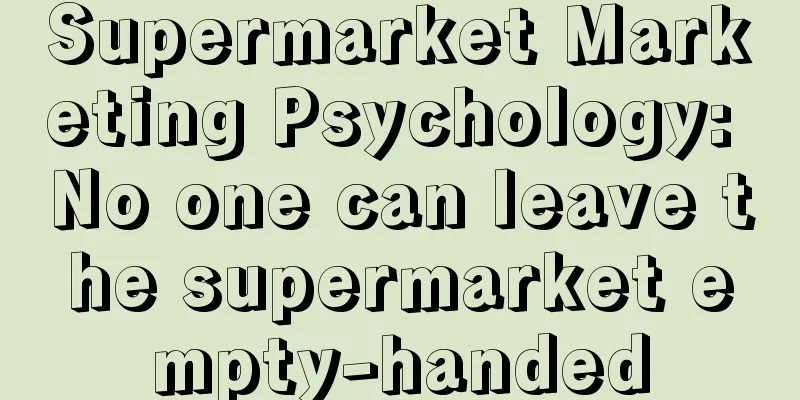
Before “no one can leave Li Jiaqi’s live studio empty-handed”, the fact is “no one can leave the supermarket empty-handed”. Supermarkets have a wide variety of goods and many of them are discounted, so everyone who enters the supermarket can buy some of the goods they need. However, supermarkets do not let anyone who enters go home empty-handed. One hidden reason is that they have made many designs in environmental creation, product layout, promotion methods and other factors that are in line with people's consumption behavior and psychology, thereby promoting people to sell and place orders. Today's article will talk about the marketing psychology of supermarkets. 01 Why are supermarket parking lots and shopping carts so big?Many large supermarkets are located in the suburbs and have ample parking lots. People who drive to the supermarket often have this idea in mind: going to the supermarket is generally not a bad choice. First of all, the parking lot is large, so there is no need to worry about parking problems. You can park your car and walk around and shop with peace of mind. Secondly, the supermarket has a wide variety of goods, and you can always buy what you want. More importantly, it is a matter of time . After driving so far to the supermarket, you must buy more and fill up the trunk. If you buy less in one trip to the supermarket, the cost and time wasted in going back and forth to the supermarket will not be worthwhile. This is the sunk cost of time. Therefore, people who drive to the supermarket to shop often buy a full trunk of goods. When consumers walk into a supermarket, the first thing they do is pull a shopping cart. The shopping cart is so huge that even if a child is put in it, there is still plenty of space to put the goods. The giant shopping cart will have the following functions. The first is the visual cue: the shopping cart is a large container that acts as a visual cue to remind consumers to buy more items. When consumers see a shopping cart, they feel compelled to fill it up to fully utilize its capacity. The second is shopping ease: shopping carts can make shopping easy. Imagine if you walk back and forth in a supermarket with a bunch of goods in your hands, you will feel tired after a while and want to finish shopping quickly. The sense of ease brought by shopping carts will make consumers buy more goods. The third is to avoid decision regret: consumers who use shopping carts often put a lot of products in them that they are not sure whether to buy. Their idea is to put these products in first and think about them slowly before checking out. If they need them, they will check out. If they don’t need them, it won’t affect anything. This also avoids the situation where they find that they want to buy a certain product but didn’t take it when checking out, and then feel regret and go back to get it. 02 Why do supermarkets play Christmas songs on Christmas Eve?The shopping environment and atmosphere of a supermarket are important components of supermarket marketing. Different environments and atmospheres can influence consumers' purchasing behavior. Supermarkets usually place related categories of goods in the same area. Many people think this is common sense, but in fact the design behind it follows the Diderot effect. The Diderot effect is also known as the matching effect. The story goes that one day, Diderot got a new scarlet robe, and that's when everything went wrong. His scarlet robe was beautiful, and he immediately noticed that the furniture and other things around him did not match his robe. He thought that there was "no harmony, no unity, no beauty" between his robe and his other possessions. So Diderot replaced his old carpet with a new one from Damascus, adorned his home with beautiful sculptures and a better dining table, bought a new mirror to place above his mantle, and his "straw chair was demoted to the antechamber by a leather chair." Diderot spent even more money to match his gown. Supermarkets put related categories of goods in the same area in the hope that the Diderot effect will allow consumers to buy more goods out of thin air. For example, when he buys a bowl with a classic color scheme, he may also want to pick a few plates of the same style. When he buys a red top, he may also consider buying a pair of red pants to match it. When he buys a bag of instant noodles, he may also see ham and pickled mustard tubers and take them away together. A lesser-known influence on shopping is music. A study has found that different background music can have a big impact on people's choices when buying red wine in British supermarkets. The researchers placed French and German red wines of the same price and volume on supermarket shelves and played different types of music every day. On the first day, French accordion music was played, and on the second day, traditional German brass music was played. The results showed that when French accordion music was played, 8 out of every 10 bottles of red wine sold were French red wine, while when German traditional brass music was played, 7 out of every 10 bottles of red wine sold were German red wine. The study also conducted a questionnaire survey on consumers who buy red wine, and the results showed that consumers did not realize that the music played was a factor affecting their purchasing decisions. Among them, 86% of the respondents said that they believed that music had no influence on their choices. In other words, consumers were unconsciously influenced by music when they consumed. Now you should understand why when we come to the supermarket on Christmas Eve, the supermarket usually plays music with Christmas atmosphere, and apples sell very well on that day. 03 Why should organic vegetables be placed in a separate area?When we go to the supermarket to buy vegetables, we often find a separate section dedicated to organic vegetables. The price of vegetables in this section is often several times that of ordinary vegetables. They are the same vegetables, so why are they not placed together with ordinary vegetables? This involves separate evaluation and joint evaluation. Simply put, separate evaluation means that each option is presented and evaluated separately, while joint evaluation means that all options are presented and evaluated together. Compared with separate evaluation, when consumers conduct joint evaluation, what they like to do most is comparison. For example, when you go to a vegetable market, there are multiple stalls selling tomatoes, some at 4 yuan per pound, and some at 5 yuan per pound. Consumers will compare the difference between the two and decide which one is more worthwhile. But if there is only one stall selling tomatoes in the market, consumers will only look at whether the price is reasonable. Generally, as long as it is not too outrageous, they will buy it. If organic vegetables are placed together with ordinary vegetables, consumers will compare their prices with those of ordinary vegetables. The organic vegetables will not feel special and their prices will be many times more expensive, so the probability of them not being sold will be much greater. Placing organic vegetables in a special area can firstly demonstrate the nobleness of organic vegetables. Secondly, these vegetables, whether tomatoes, rapeseed or cabbage, are very expensive. In comparison, they will feel that the high prices of these better vegetables are understandable, which increases the chances of buying them. In supermarkets, many brands will set up separate shelves and areas. Most of the time, these brands are high-end brands and their prices are much higher than ordinary brands. Setting up separate shelves and areas is to avoid consumers making joint evaluations and make themselves appear not to be expensive. 04 Why do supermarkets encourage you to try products?When we go shopping in supermarkets, we always find that there are many free tastings or trials. Are supermarkets giving customers free things out of kindness? Of course not. Data shows that when a consumer tastes a product for free in a supermarket, they are more likely to complete the purchase than consumers who have not tasted it. The supermarket's tasting strategy actually uses the endowment effect, which refers to people's tendency to overestimate the value of things they own and feel the loss of something more strongly. Free samples and trials in supermarkets make consumers feel that they own these products, even if the ownership is only temporary. This temporary sense of ownership makes customers cherish these products more and overestimate their value. Tasting and trying products certainly increase consumers' exposure to products. Once consumers like the product a little while tasting and trying it, they will be more inclined to buy it. If they do not buy it, they will feel the loss of losing the product more strongly. 05 Why buy one get one free instead of just giving a discount?Supermarkets often hold promotional activities, but there is a characteristic of their promotional activities, that is, they often launch "buy one get one free" offers instead of direct discounts. Why? From the perspective of purchasing experience, buy one get one free can make consumers feel that they are getting an extra product, while a direct discount only reduces the price of a single product and saves some money. The former often gives consumers a better inner feeling than the latter. From the perspective of sales goals, buy one get one free can increase supermarket sales. Direct discounts will reduce the unit price of goods, but buy one get one free does not have this problem. For example, a product is sold at a 50% discount of 10 yuan, and consumers often only buy one. With buy one get one free, the product can be sold at 10 yuan, and consumers will get two. The GMV of the latter is twice that of the former. From the perspective of supermarket management, buy one get one free can help supermarkets reduce inventory. You know, inventory also incurs costs. If there is too much backlog of a certain product, a buy one get one free offer can reduce inventory pressure. 06 Why are there usually chewing gum and freezers at the checkout counter in supermarkets?When you push your shopping cart to the exit to check out, there are often some small items such as chewing gum on the checkout counter. Can these things increase sales? Yes. Goods like chewing gum are relatively small, and when consumers are shopping in a supermarket, they often don’t notice these small items due to the fast movement. However, while waiting for checkout, these goods will come into view, which increases sales opportunities. The prices of goods such as chewing gum are generally not high. When consumers are faced with the opportunity to purchase such goods very conveniently, they do not need to overthink the decision and most of the time they just pick one up because they think it is cheap. In addition to chewing gum, there is often a refrigerator for drinks at the checkout exit, which takes advantage of the peak-end rule. The Peak-End Rule states that people's experience of an event is often determined by the peak and the end of the event. For example, many customers who shop at IKEA will spend less than a few dollars to eat a hot dog and an ice cream before leaving. Many people think that the price of IKEA hot dogs and ice cream is incredible because it is difficult to make money at such a low price. However, for consumers, ending their shopping trip with a good and cheap meal is a great satisfaction in life. This experience will leave a good impression on them and drive them to come to IKEA again in the future. After a long shopping trip, especially in the summer, consumers will feel dry mouth and fatigue. At this time, when they see the freezer at the checkout, they can take a sip of an iced drink from it, which can give them great satisfaction and make them have a better experience and evaluation of this supermarket shopping trip. 07 ConclusionThe history of supermarkets has exceeded 100 years. Since its birth, supermarkets have consciously or unconsciously designed some links that are more conducive to consumers' shopping. With the development of the times, supermarkets' designs based on consumer psychology have become more and more scientific, and these designs have become more and more helpful for sales. Behind the saying “no one goes home empty-handed from the supermarket” lies the supermarket’s comprehensive efforts in merchandise setting, price setting, promotion setting, shopping experience setting and other aspects. The essence of these efforts is to make you consume more. Author: Xunkong WeChat public account: Xunkong’s Marketing Revelation (ID: xunkong2005) |
<<: A common misunderstanding in brand naming, two fundamental origins
>>: No new tricks in cherry blossom season marketing?
Recommend
Can I change the company of an Amazon account? What should I do if the legal person changes?
After registering an account on Amazon, people usu...
What needs to be done right for Xiaohongshu store to sell 5 million goods?
You wouldn't have thought that Xiaohongshu can...
Tmall's top massager, became the new "gold owner" of B station
Miaojie, the sales champion of massage devices on ...
How to choose a career direction?
When our career development reaches a certain bott...
How to achieve the “closed loop of data analysis” required by major companies?
We always say that we need to achieve a closed loo...
Application of Porter's Five Forces Model in Marketing
The author of this article describes how marketing...
How do I verify my Facebook identity if I change my phone? Can I log in with a different phone?
In the modern era of social media, Facebook has be...
What is the formula for calculating Amazon's payment collection rate? How to calculate profits?
When opening a store on Amazon, merchants are very...
Will Amazon limit the traffic of accounts that have infringed on its rights? How long will the limit last?
If Amazon merchants violate regulations, they will...
Is Shopee's commission deducted based on the marked price? How is it deducted?
There are actually quite a lot of merchants openin...
Data analysis report, so that the audience will not touch their phones
Many newcomers complain that they don't really...
How did “Zibo BBQ” become popular?
In the past month, "Zibo BBQ" has become...
What is the prospect of Shopee platform? How to operate a store?
Many people are interested in overseas cross-borde...
Can I return the product if Amazon has not received it yet? How much does it cost to join Amazon?
When shopping on Amazon, consumers may encounter s...
Is it too easy for Shopify to close a store? What are the reasons for closing a store?
As a cross-border e-commerce platform, Shopify has...

